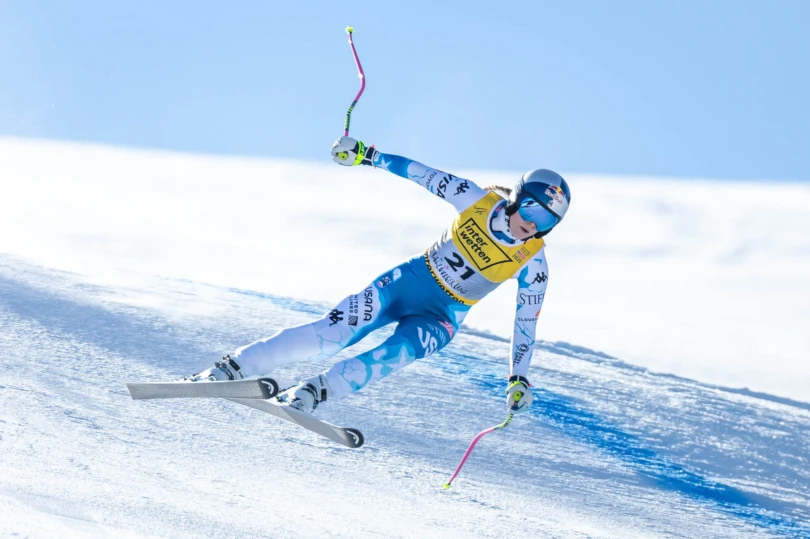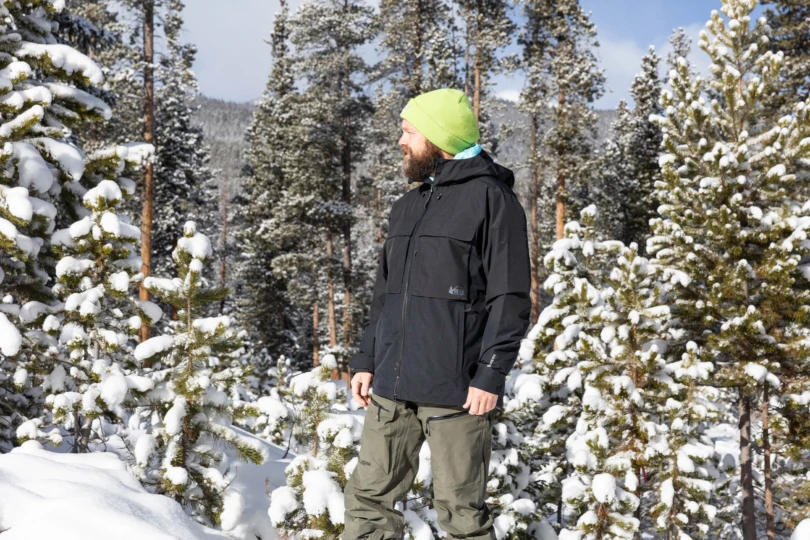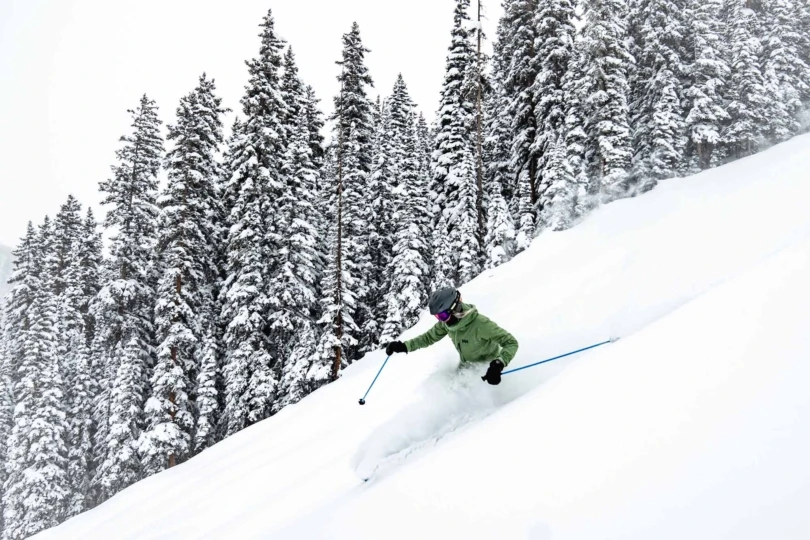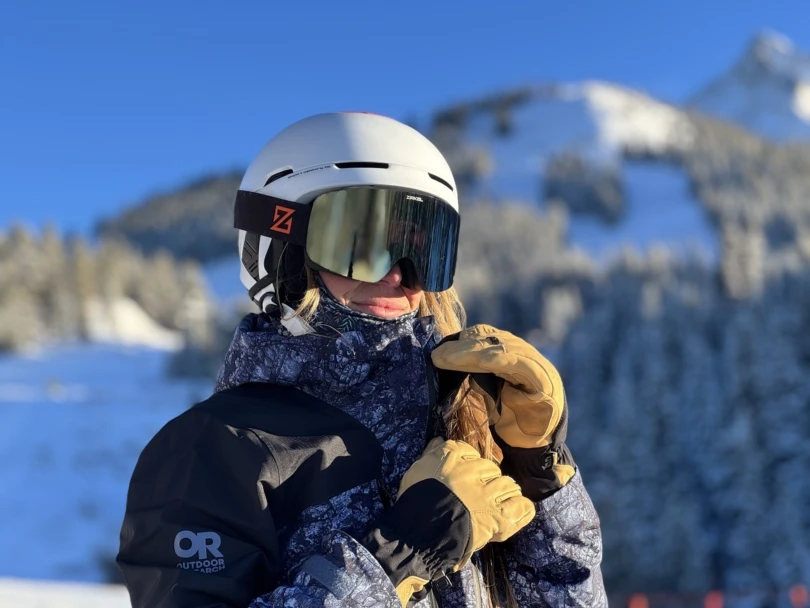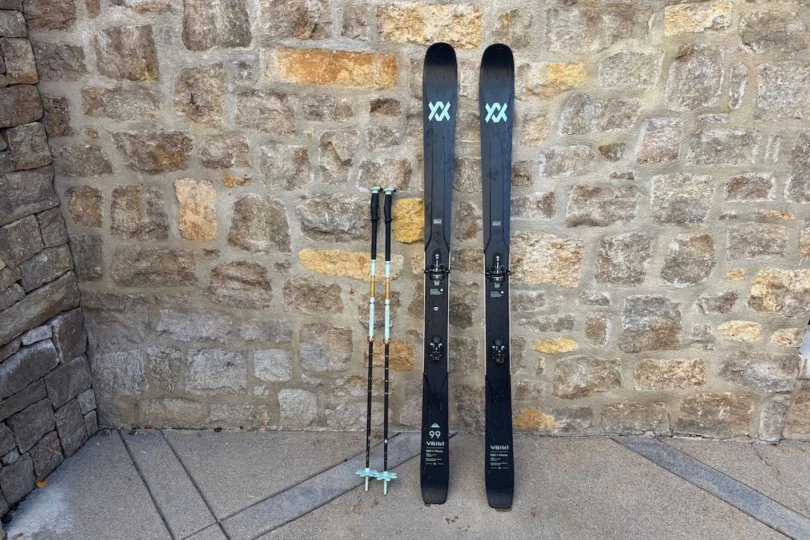Strap on the Lib Tech T. Rice Orca and prepare yourself for one of the best snowboards you can buy for deep powder.
There comes a moment in every snowboard tester’s career when they become jaded. Don’t get me wrong — testing gear for a living ranks higher than many alternatives.
But there are only so many powder days each winter, and once you’ve found the perfect setup, you don’t want to ride anything else.
I’ve been testing and reviewing snowboards since 2014. And over the past 5 years of testing, I’ve enjoyed the seemingly endless search for the perfect board. But that all changed for me this past season when I hopped on the Lib Tech T. Rice Orca ($600).
My love for this board is no secret. I tested this board last spring and lauded it with praise.
And even prior to that stateside gear test, which took place in classic Colorado spring conditions, I had the opportunity to test the 2020 Orca for GearJunkie last winter in Japan. Niseko delivered the goods, and I was treated to a few of the best powder days of my life.
The only negative thought that entered my mind as I surfed this impeccable shape through fabled Japanese blower was that someday, someday, I would have to shelve the Orca and test another snowboard.
As I was blinded by yet another glorious face shot, it dawned on me that I had become jaded.
Sizing the Lib Tech Orca: Wide as a Whale
The Orca is a blubbery board — it has ample width and rides shorter than your normal board. Consider the Orca 153: It’s got a nose width of 31.6 cm and a tail width of 30.6 cm, with a waist width of 26.7 cm.
Compare that to Lib Tech’s T. Rice Pro 161.5, which has nose and tail widths of 31.1 and a waist width of 26. I’m 150 lbs, 5’9”, and normally ride a 159 swallowtail in powder with a fully loaded backpack. But I brought the 153 to Japan, and it delivered more than enough float, even in thigh-deep hike-to terrain.
If anything, I could’ve sized down a smidge. At the time, Lib didn’t offer a 150 as it does now. It only had the 147, but I didn’t want to be under-gunned in Japow.
Were I shopping for a Japan trip now that they’ve launched additional sizes, I’d probably go for a 150. If I was looking for more of a daily driver than a powder board, I’d likely be just fine on the 147.
Performance in Powder
Technical specs aside, the Orca rides wide, and the expansive surface area provides hovercraft-like float in powder. Of course, surface area alone doesn’t enable a snowboard to excel in bottomless Japow — much of that comes down to camber.
The Orca’s C2x camber profile is, in my mind, near perfect. There’s a prominent dip of rocker between the bindings, with camber underneath each foot and flowing to the tip and tail. The rocker pocket acts as a fulcrum on a seesaw, and when you step back on the tail, the nose lifts out of the snow, much like a breaching whale.
The shape itself is also extremely powder-friendly: Aside from the notable width, the Orca sports a setback stance of 2 or 2.5 inches (depending on the size).
The easily identifiable, cutaway nose gives the board a shorter length, which made it easy to whip the Orca through narrow gaps in tight trees, while the moontail helps jet snow through the rear of the deck and lock in turns in deep snow.
Carving Capabilities
Carving down groomers (on the rare moments that I was forced to do so in Japan), I found the deck to be surprisingly nimble and edge-to-edge transitions unexpectedly quick.
The 7M sidecut, Magne-Traction edges, and camber-dominant profit allow for fluid carves and won’t scrub out at speed, like many short and fat shapes tend to do.
Pop & Airtime
I didn’t have too much opportunity to lift off on the Orca, but when I did I was pleased by the snap and pop of the board. Lib ranks the stiffness at a 7/10, which is supplied by lightweight aspen and paulownia core. When airing off of pillows in Japan, the wide shape seemed stable, and smooth landings felt all but guaranteed.
Don’t just take my word for it. If you’ve paid attention to Travis Rice’s Instagram feed, you’ve likely seen the legend take on serious terrain on the Orca. He won the FWT stop at Hakuba, throwing a sizable backside 720 in the process.
He dropped one of the craziest pillow lines the world has ever seen in British Columbia.
But alas, I am not Travis Rice. You are not Travis Rice. (Unless you’re reading this, Travis, in which case, ‘sup, dude — lemme get on the next Falcor expedition).
My point is that unless you’re a bona fide park rat (in which case you’ve probably already stopped reading this), the Orca is capable in most freeride-meets-freestyle scenarios.
Bottom Line
This board is among the best I’ve ever tested. I can’t think of a board I’d rather be riding in deep snow, although there are a few other decks that I’d probably prefer on average, everyday conditions.
Regardless of the terrain or conditions, however, the Orca is a weapon that you will be stoked to have in your quiver. In fact, it might just bump the rest of your quiver onto Craigslist.
Oh, and don’t worry about me — as crestfallen as I may be to temporarily abandon the Orca as I test other shapes, I’m amped to ride this Lib Tech any day I’m not on the clock. And I suppose, as a jaded gear tester, this is a cross I can bear.





